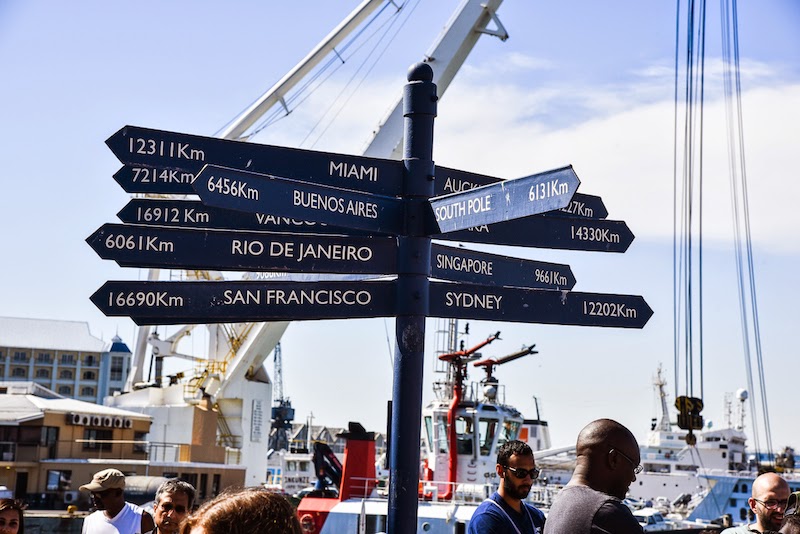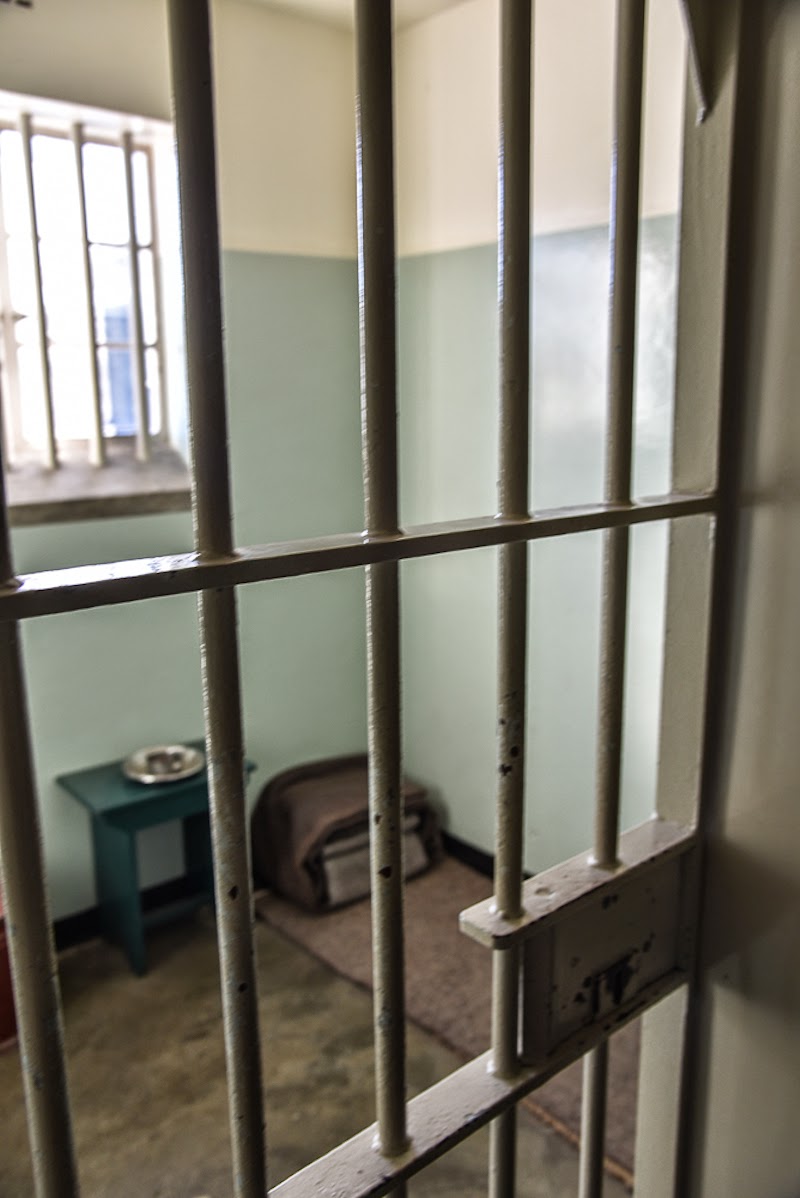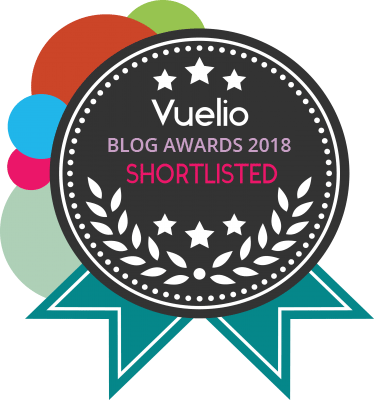There is of course a big problem with travelling somewhere so rich in history and as culturally diverse as South Africa.
The huge desire to see everything…and the major lack of time. We wanted a significant amount of time in Cape Town, safari was essential but I also wanted to see the surrounding countryside and coast…
After our trip to the Winelands and drive along the Garden Route, Mr S and I arrived back in Cape Town, quickly checked into The One and Only and headed back to the V & A Waterfront.
We loved exploring The Waterfront, yes it was a little touristy with souvenir shops, tour companies lined up and a big wheel…
But there was also historical landmarks and museums, beautiful markets and plenty of fabulous seafood restaurants.
The Waterfront itself is part of the rich history of Cape Town, starting life as a little jetty built in 1654 serving refreshments to the Dutch East India Company. In 1860, Queen Victoria’s son Prince Alfred inaugurated construction of the harbour and it was finished ten years later.
After sharing a seafood platter for one (?!?!) we headed over to the clock tower to catch our ferry over to Robben Island. The ferry runs four times a day from the Nelson Mandela Gateway and I really would strongly advise to book in advance as the tours get booked up very quickly. Also owing to our lack of time and attempt to fit everything in, we had to take an afternoon tour. I think it would have been better to take a tour first thing in the morning (9am) as the afternoon was very busy and hot.
And after our half an hour ride, we arrived on Robben Island.
The Dutch Settlers established Robben Island as a place to isolate mainly political prisoners way back in the 17th century. Though it had other uses over the years in 1961, Robben Island became a maximum security prison for convicts and political prisoners. Prisoner numbers increased as protests against the Apartheid system became even more intense and in 1964 Nelson Mandela, the island’s most famous inhabitant, was incarcerated on Robben Island where he served 18 years of his 27 years imprisonment.
Hmmm…I look rather too happy for someone who is about to go to prison…
We were met by our guide, who was himself a former political prisoner confined to Robben Island, and he led us into one of the precincts. The tour guide explained to us how the Apartheid system was replicated within the prison and ‘black,’ ‘coloured’ and ‘Asian’ people were treated differently. The black people slept on the thin mats on floor, received less food and drink and were given short trousers and no underwear. Asian and mixed raced people were given slightly better treatment by the warders who were all white males.
Any act of rebellion let to solitary confinement, which also meant the prisoners received barely any food. Later the interventions of outside organisations and legal action saw an improvement in the conditions in the prison and beds were introduced as well hot water for the showers. It was so interesting to hear about the prison from someone who had experienced the harsh conditions whilst serving a sentence for committing high treason. He told us he *only* spent five years there before all the prisoners were released in 1991.
I told Mr S that he should be serving time for all the moaning he did about our early morning starts.
Perhaps the most powerful moment for me was seeing Nelson Mandela’s own tiny cell. In his book Mandela said of the cell ‘I could walk from one side to the other in three steps.’ Prisoners were made to do hard manual labour everyday and were subject to abuse by the guards but Mandela found solitary confinement ‘the most forbidding aspect of prison life’ as he found there to be ‘no end and no beginning; there is only one’s mind, which can begin to play tricks.’
When we exited the prison we were picked up by a coach to have a tour around the island itself. The island is actually 3.3 kilometres long and 1.9 kilometres wide and was also previously used a leper colony. On board the bus a different tour guide pointed out the small village where the staff of the island live including a church where they have weddings every Valentine’s day. We were also shown the house where political prisoner Robert Sobukwe lived in total solitary confinement for six years.
We were shown the limestone quarry where Nelson Mandela worked nearly every day for thirteen years. Here the sun beat down brutally on the prisoners and the dusty conditions caused damage to their eyes. Mandela’s tear glands were damaged by years of smashed limestone rocks on the quarry and his eyesight was weakened from continuously being in the glare of the sun.
During a reunion, Nelson Mandela placed a rock in the middle of the quarry and other prisoners followed suit. The pile of rocks depicted in the above picture stands as a memorial to the hard labour that they did while serving time on the island.
We headed back onto the ferry just in time to see the sun set on another beautiful day in Cape Town.
Now I’m no marine expert but I did a little google to try and find out what this was based on memory and the look of that tail. I *think* it’s a Southern Right whale which would be a lucky sighting as they are usually seen from June to December. If anyone knows for sure, please let me know in the comments below.
There were a few flaws with tour for example there were too many people in our group and it was hard to hear the guide or ask questions. I also felt there should have been more detailed information and personal stories about the prisoners, which we’d had on our fantastic tour of Alcatraz. I was informed by other tours guides that the boats were unreliable, often late and sometime cancelled. Having said that I still think it has the potential to a fantastic experience for such an important site of historical significance and it’s still a must see.
Check out the Robben Island website to buy tickets and for tour times.
Have you ever been moved by a site of historical significance? What was it that effected you so
much?
















































